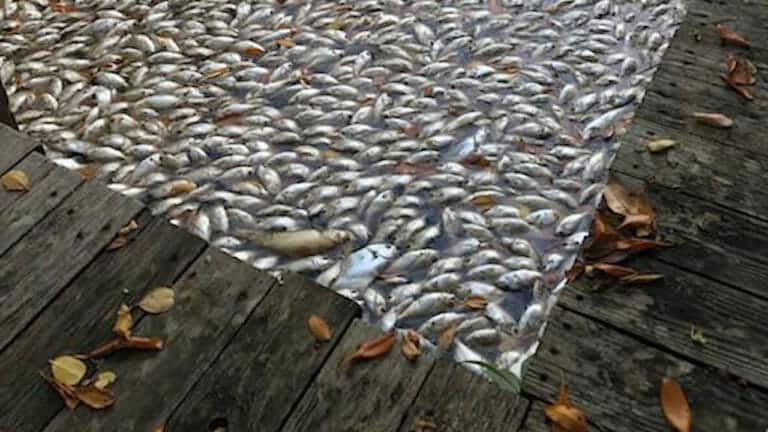When Florida Sea Grant director Karl Havens, who is a well-regarded expert on water and has studied pollution all over the world, began hearing about a deepening algae bloom in his own backyard in Lake Okeechobee this summer, he struggled to find information that could tell him what was going on.
State scientists sample water in the lake, but too infrequently to track rapidly evolving algae blooms. Instead, Havens had to rely on satellite images that were taken on sunny days when clouds don’t get in the way.
“No one is out on the lake collecting water samples of the bloom,” he said last month. “We’re flying blind.” And not for the first time.
Over the last decade, as the state fought federal efforts to protect water, shrunk its own environmental and water-management agencies, and cut funding to an algae task force, monitoring for water quality has plummeted.
While one crisis after another hit Florida, state and federal funding that paid for a massive coastal network with nearly three decades of information dwindled from […]
Full article: As bouts with killer algae rose, Florida gutted its water quality monitoring network
More about algal blooms in Florida:
Environmental activist Erin Brockovich on water releases from Lake Okeechobee
Florida: FWC to suspend aquatic spraying
NOAA: 40% of Lake Okeechobee covered in harmful algae
Toxic Lake: The Untold Story of Lake Okeechobee
Gil Smart: What’s behind push for deep injection wells near Lake Okeechobee?



